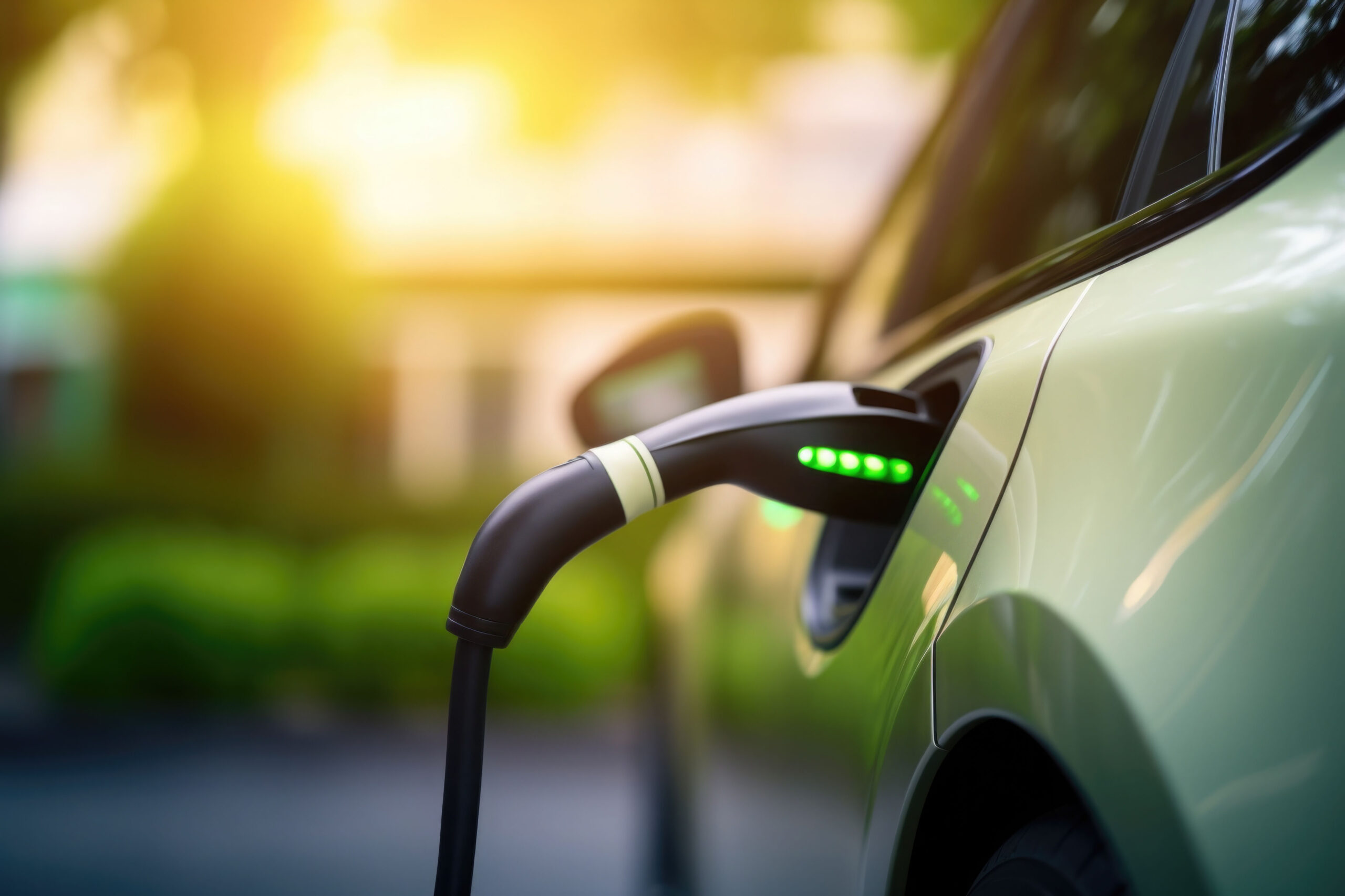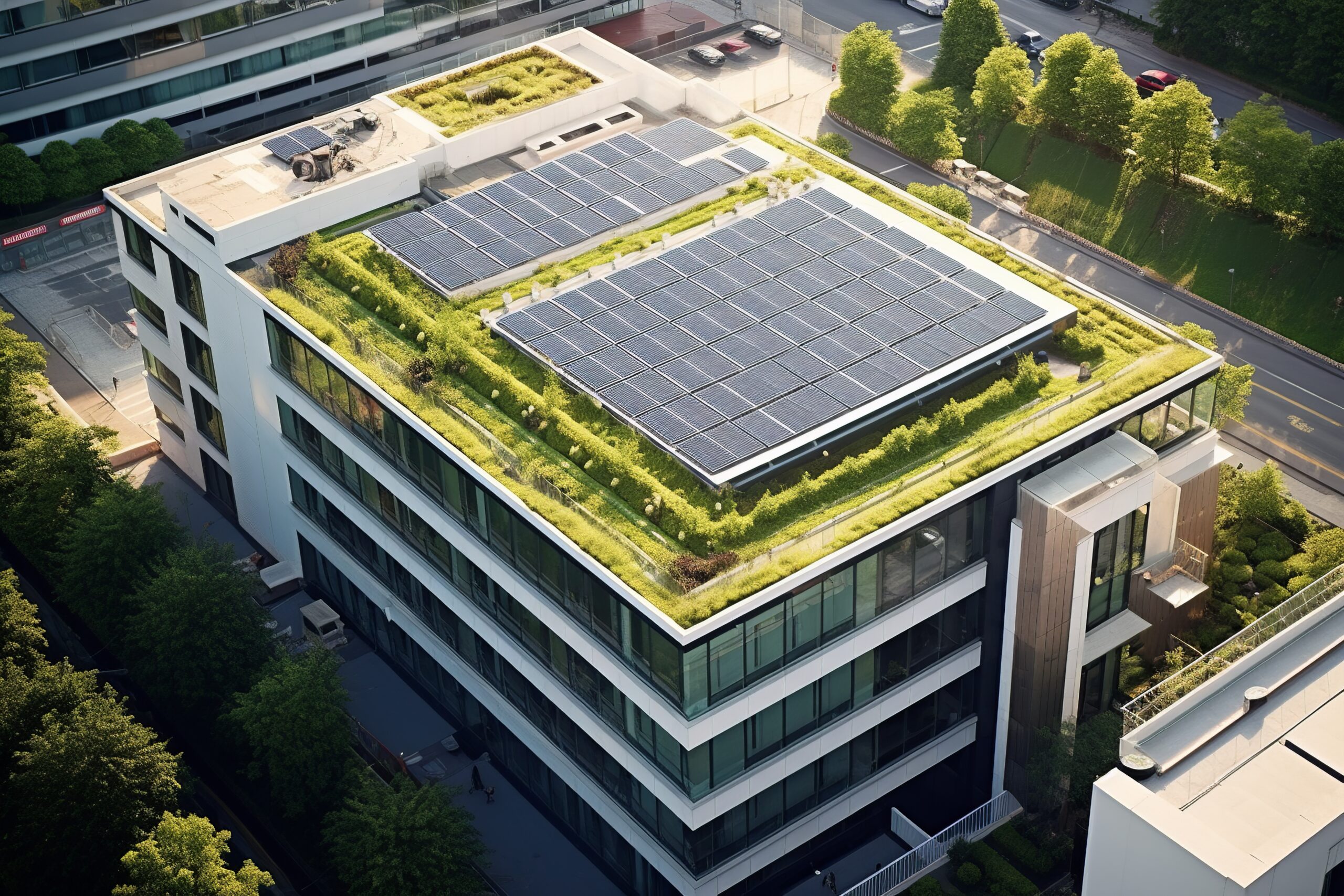
How can the supply chain be made more sustainable?
Currently, less than 10% of consumer goods are recycled worldwide[1]. This observation underlines the urgent need to take action to reduce the waste of natural resources and the resulting pollution. At a time when the European Union has high ambitions in terms of waste reduction and recycling, companies are committed to transforming their supply chain to become both more sustainable and more competitive, based on the principles of the circular economy.
Companies called upon to green up their value chain
To initiate the transformation of the European economy, the European Union is imposing more stringent rules for companies’ supply chains in terms of transparency, non-financial communication, and due diligence.
Adopted in 2014, the European Non-Financial Reporting Directive[2] made it mandatory for companies with more than 500 employees to publish an annual Declaration of Extra-Financial Performance (“DPEF” in French). This declaration outlines their business model, social and environmental policy, and comments on performance indicators to track the results of their CSR policy. As further evidence of the emphasis around improving non-financial transparency, a draft revision of this directive, referred to as the “Corporate Sustainability Reporting Directive”[3] has recently broadened the scope of companies covered, notably to businesses with more than 250 employees, and the data required while establishing a more precise framework and standards for them.
At the same time, the European Union will soon adopt a directive on the duty of vigilance regarding environmental and human rights in value chains[4], drawing directly on the legislation adopted in France in 2017. The aim is simple: Holding companies accountable for the compliance of their value chain based on certain accountability criteria, under penalty of criminal sanctions in the event of serious violation of social and environmental rights.
In this context, reporting and extra-financial indicators are becoming essential for assessing the sustainable transformation trajectory of companies, required to measure their impacts and those of their supply chain. These indicators are scrutinized by financial markets, which are also encouraged to focus on more sustainable investments, and whose performance increasingly determines access to competitive financing[5].
Reducing the environmental impact of supply chains based on circular economy principles
The circular economy model calls for a rethink of the production system by increasingly optimizing the use of resources to limit the impact of human activities on ecosystems. These principles encourage companies to adopt a model that favors reduced consumption of primary resources and optimization of industrial processes. Applied to the supply chain, the challenge is to consider the entire life cycle of a product in terms of decarbonization, which involves reducing its environmental impact, from manufacturing to valorization, including packaging, transport, and use.
The eco-design[6] of a product involves taking environmental protection into account right from the product design stage. This is a major driver for optimizing the use of resources throughout the supply chain and, consequently, making it more sustainable. With this in mind, the BIC brand has reinvented one of its key products: 12% lighter than its predecessor, the BIC Cristal pen now consumes only 2.9g of materials per kilometer of writing, compared to an average of 6.4g for its competitors. These same used pens are then largely reused to make garden benches through an efficient, specialized recycling system, contributing, in this way, to the effort to preserve natural resources driven by public authorities.
Moving to a circular economy model could save the European economy €1.8 billion and increase its growth by 7 points by 2030. Ensuring the optimization of resources used involves tracking sources of waste, errors in order preparation, and unnecessary storage. All these efforts will contribute to optimizing production costs while reducing waste and greenhouse gas (GHG) emissions.
Levers for reducing the impact of the supply chain
An initial way to limit the impact of the supply chain on the environment is to reduce packaging, especially single-use plastic packaging, which alone accounts for 75 to 85% of marine waste. In addition to reducing its use, many alternatives are appearing on the market, such as packaging created from mushrooms by the Dutch company Grownbio.[7]
The decarbonization of logistics, starting with transport, is a second major lever for greening the supply chain. For example, in partnership with ENGIE and Air Liquide, the Carrefour Group aims to run its fleets on biogas largely generated from food waste from its stores by the end of the year.[8] Decarbonizing warehouses represents another way logistics can be made greener: In Cestas, in the Nouvelle-Aquitaine region of France, Rexel has recently opened a low-energy logistics center equipped with 729 photovoltaic panels covering 20% of the building’s energy needs.[9]
Finally, optimizing resources and reducing environmental impact also inevitably involves recycling and reuse. But giving products a second life poses new challenges for companies that need to implement downstream logistics (known as reverse logistics). The electrical and electronic equipment waste sector, for example, had to make changes to meet these challenges. With 12 dedicated waste treatment centers in France, Ecosystem[10] is an example of one environmental organization that recycles professional electrical and electronic equipment, energy-saving lamps, and small fire extinguishers.
Digital technology as an innovation catalyst for a more sustainable supply chain
Predictive maintenance, Internet of Things (IoT), autonomous vehicles, 5G, automation/predictive purchasing: Technological innovation offers unprecedented possibilities in terms of greening the supply chain. Carlo Ratti, Director of the MIT Senseable City Lab, says “Big Data and AI allow us to better understand the dynamics of waste”[11]. In addition, 59% of companies[12] today already use digital technology to monitor their environmental indicators, particularly their energy, fuel, or water consumption. In terms of applications, the start-up Fotonower offers a technique for identifying types of waste and their contaminant levels, based on image recognition.
The potential created by the digital transformation of the economy is massive. It remains to be seen whether digital technology itself will succeed in making the turn to the circular economy and in reducing its own impact on the environment.
[1] https://www.lesechos.fr/industrie-services/energie-environnement/moins-de-10-des-biens-de-consommation-sont-recycles-dans-le-monde-1380185
[2] https://eur-lex.europa.eu/legal-content/EN/TXT/PDF/?uri=CELEX:32014L0095&from=FR
[3] https://ec.europa.eu/info/business-economy-euro/company-reporting-and-auditing/company-reporting/corporate-sustainability-reporting_en
[4] https://www.novethic.fr/actualite/social/droits-humains/isr-rse/devoir-de-vigilance-alors-que-la-directive-europeenne-patine-la-france-veut-fa-150454.html
[5] https://www.lesechos.fr/thema/daf-2021/la-rse-devient-un-enjeu-majeur-de-la-finance-dentreprise-1363924
[6] https://www.actu-environnement.com/ae/dictionnaire_environnement/definition/eco_conception.php4
[8] https://strategieslogistique.com/Carrefour-decarbone-sa-logistique,10198
[9] https://www.rexel.com/fr/2018/11/23/un-nouveau-centre-logistique-pour-rexel-france-un-service-ameliore-pour-les-clients/
[10] https://www.ecosystem.eco/fr/sous-rubrique/qui-sommes-nous
[11] https://www.ladn.eu/nouveaux-usages/economie-circulaire-tendances/
[12] https://www.orange-business.com/sites/default/files/thought-leadership_real-time-intelligence-and-the-future-of-supply-chains.pdf

